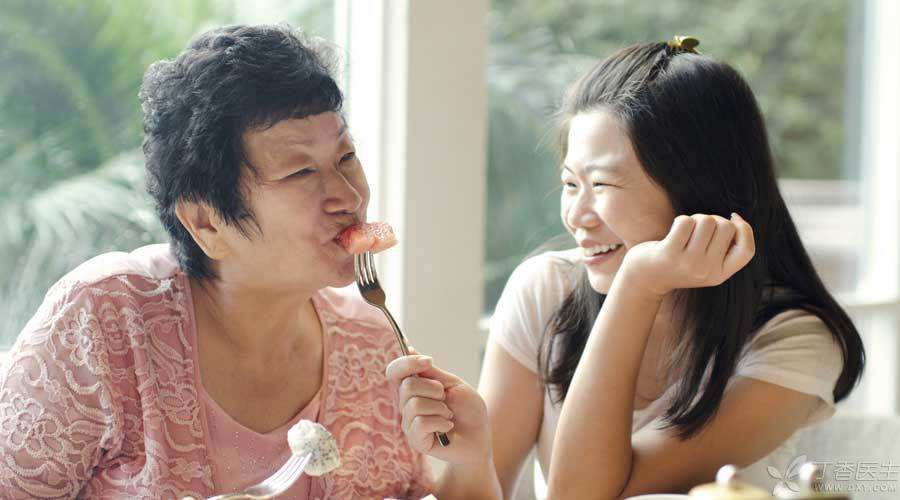
As an auxiliary department of the hospital, the nutrition department is doomed to be impossible to go to emergency rescue like the popular internal medicine and surgery department.
As a nutrition doctor, although I hate the embarrassing position of the nutrition department, complaining alone cannot play a role in what. Therefore, I very much hope to use the platform of Clove Garden to share with my clinical colleagues that our nutrition department can help everyone to do what, and we can jointly provide what for patients.
Identify malnourished people and benefit them.
Most clinical colleagues may think this is simple, as long as they see thin people.
However, it may not be common for colleagues to think of considering nutritional support during treatment, or it may not be clear that nutritional support should be provided during what.
More and more studies show that patients who need nutritional support can obtain the greatest benefits if they are given appropriate nutritional support.
People in our nutrition department generally identify and find out patients at risk of malnutrition through the current nutrition assessment methods of SGA (Director Comprehensive Assessment), MNA-SF (Mini Nutrition Assessment), NRS-2002, PG-SGA (for tumor patients).
These methods only take 5 minutes to find out these patients. If nutritional support can be given in time, the therapeutic effect will be greatly improved.
Nutrition is not only support, but also treatment.
Although diet orders rank second in doctor’s orders, it is often the same as health education orders that rank first. Clinicians may mention one when they are discharged from hospital, but they do not require patients to strictly abide by it.
However, as we all know, in some specific diseases such as diabetes and kidney diseases, nutrition has not only affected the therapeutic effect, but also a good nutrition prescription has therapeutic effect on the disease itself. This is what we call the concept of Medical Nutrition Therapy (MNT).
Especially in diabetes, there are guidelines for medical nutrition treatment both at home and abroad. In the United States, MNT is also the scope of medical insurance payment.
We often hear diabetics say in outpatient clinics:
Endocrinologists say you can’t drink porridge.
It is said that fruits cannot be eaten, only cucumbers and tomatoes can be eaten.
He told me to eat less
And nephrologists are also [eat less meat or eat less.]
Nutrition doctors are very passive under these circumstances and often take some breath to explain carefully, while patients sometimes have a face of distrust.
In this increasingly fine division of labor in the medical field, nutrition is no longer simply to eat or not to eat. Everyone has different eating habits and diseases. Patients need to be told how to eat, and this is also to keep pace with the times.
We have other things besides oil, salt, sauce and vinegar.
In the eyes of patients and doctors, we are people who deal with the kitchen. Simple pots and pans, oil, salt, soy sauce and vinegar have no technical content, which is totally different from Da Vinci robots, endoscopes, stents and other clinical technologies in Gao Da.
However, the small partners in the nutrition department can also solve the problem that many clinicians are helpless. When necessary, they are also an important means to maintain the patient’s life.
For example, in the case of stroke patients with dysphagia, colleagues in the nutrition department have a new way to make it easier for patients to eat by changing the characteristics of food.
In addition, in case of such patients, they have to worry about choking cough when drinking water, so the small partners of the nutrition department can add thickening agent to the water to allow the patients to swallow the drug smoothly. Adding coagulant to food can make patients enjoy delicious food and ensure nutrition. All kinds of improvements, doctors and nurses, also reduce the worry about choking cough of patients.
The application of parenteral nutrition-an important achievement of medicine in the 20th century-has enabled many patients with severe malnutrition to obtain treatment opportunities and live a healthy life. In many cases, oral nutritional supplements can improve their nutritional status.
The friendship boat with clinicians needs to be upgraded.
In fact, clinicians are paying more and more attention to nutrition now, but because they are busy and the nutrition department is short of staff, they are currently adopting the consultation mode. Of course, we are on call.
At the same time, we will also follow up each patient receiving nutritional support and communicate with the competent doctor in time to formulate treatment strategies.
The ideal nutrition treatment group (NST) model can actually solve the problem of special nutrition treatment.
Classic nutrition treatment teams are composed of nutritionists, pharmacists, nurses and clinicians. Multidisciplinary professional teams play their special cooperative role and can provide special and effective treatment for complex disease groups.
However, NST mode has not been well popularized in China, and in view of the different management of each hospital, only a nutrition treatment mode suitable for this hospital can be explored.
So, dear clinicians, you are responsible for treatment and we are responsible for nutrition, so that our relationship can be upgraded to a great ship as soon as possible, OK?
